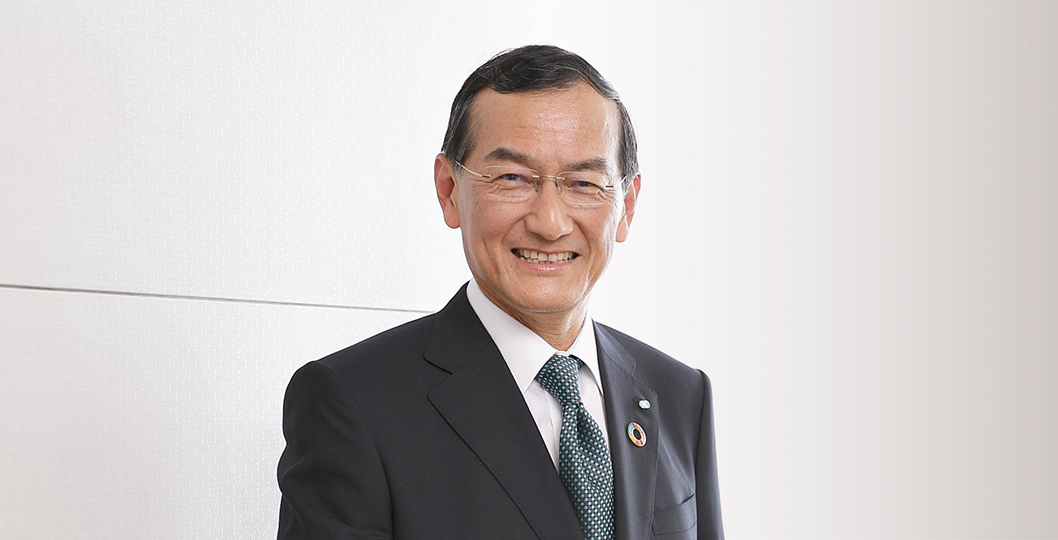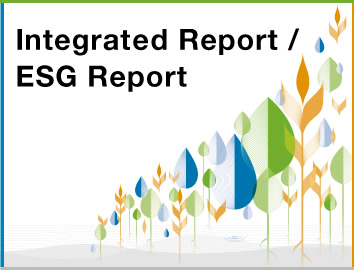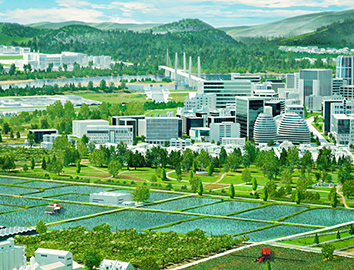Initiatives through Business: Water
Water infrastructure improvements for safe water and water recycle

In 1893, when cholera was spreading through Japan, Kubota developed the nation’s first cast iron pipes to help people avoid the disease. Since then, over 135 years, Kubota has provided a wide range of water-related products and technical solutions for water infrastructure construction and upgrades in Japan. That infrastructure is now said to be among the best in the world. A look at some other parts of the world reveals problems remain, with many people still without safe water access. Kubota’s technologies, products and services developed over many years to advance Japan’s water infrastructure now help other parts of the world as well, improving systems that supply, recycle, and treat water. We are also contributing to protect the earth’s limited water resources, and to supply and regenerate it for more users.
Kubota’s initiatives in global water challenges
Serious Issues in Water Shortages, Floods, and Aging Infrastructure
-
One-fourth of us live without safe drinking water in the world
About one-fourth of the world’s population — approximately 2.2 billion — does not have access to safe drinking water.*1 Global demand for water is forecast to increase an additional 55% between the year 2000 and 2050, as the population rises rapidly and economic growth continues.*2 In other words, the need for new infrastructure to supply water safely will keep growing worldwide.
- *1.Progress on household drinking water, sanitation and hygiene 2000-2022: Special focus on inequalities, Joint Monitoring Programme (JMP) promoted by the United National Children’s Fund (UNICEF) and the World Health Organization (WHO)
- *2.OECD Environmental Outlook to 2050 (2012), Organisation for Economic Co-operation and Development (OECD)
-
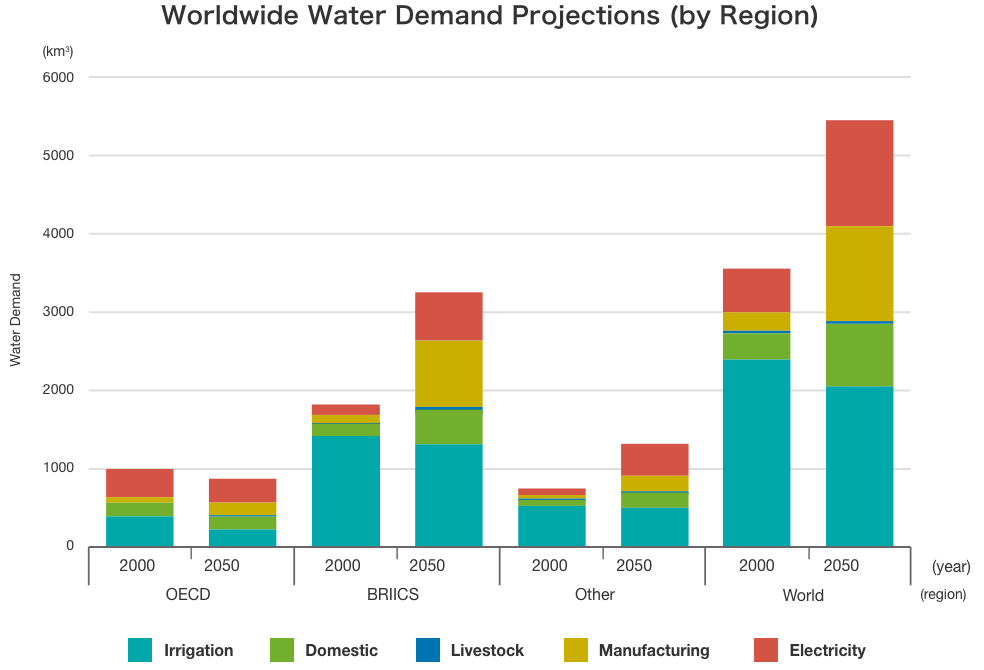
Enlarge
-
Aging water supply, raising the risk of leakage and water damage grows
In developed countries, especially, aging of water infrastructure is a growing issue. Even in Japan, which enjoys a high water supply penetration rate of 98% (2017 statistic*1), most of them are pipelines laid during the country’s period of high economic growth in 1950’s and 1960’s. This means that a growing percentage are surpassing their legislated 40 years of useful life. In North America and Europe, too, many water pipes are approaching their useful life, or are even older.*2 Aging water infrastructure runs the risk of leakage and associated problems; and the risk continues to grow. Tremendous damage may occur during an earthquake or other disaster, resulting in shutting down access to lifeline. As a safeguard, upgrades must be planned throughout the world.
- *1.Water Main Key Statistics, Ministry of Health, Labour and Welfare
- *2.2017 Infrastructure Report Card, American Society of Civil Engineers
-
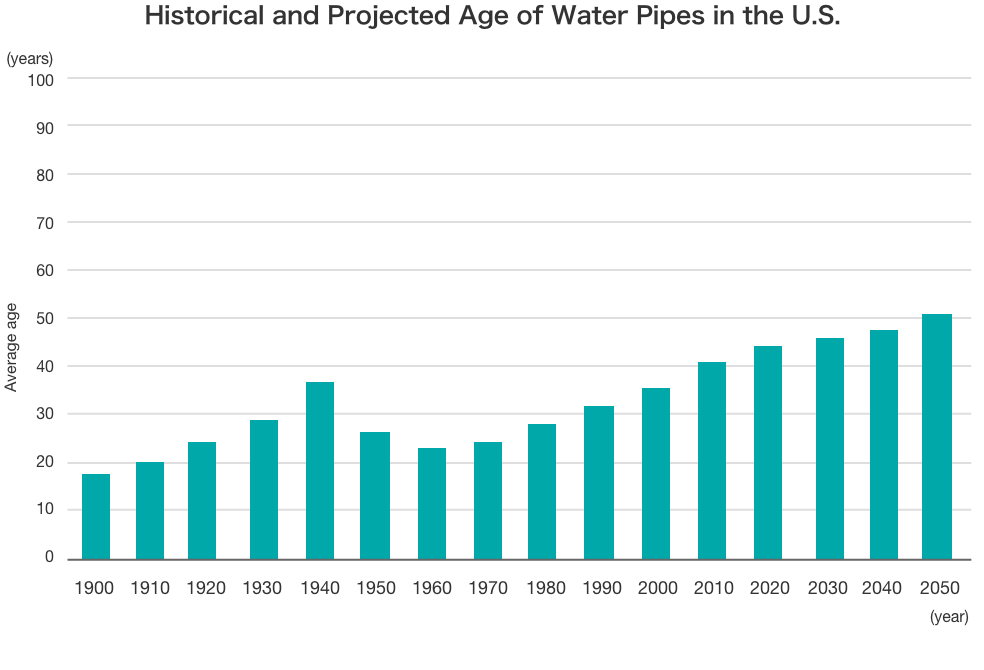
Enlarge
-
Floods, storms, and other natural disasters hit hard worldwide
Between 2010 and 2021 there were 3,560 natural disasters*1 reported worldwide — an average of more than 300 each year. A total of 3,001 weather-related events*1 triggered 84.3% of all natural hazards. Countries with poor drainage infrastructure were especially hard hit by them. This shows how important it is to construct dependable infrastructure that will keep damage from natural disasters to a minimum throughout the world.
- *1.World disasters report 2020,World disasters report 2022, International Federation of Red Cross and Red Crescent Societies (IFRC)
-
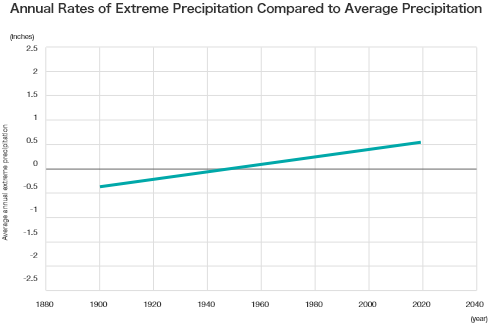
Enlarge
Initiatives through Business in water
Supporting the World’s Water Infrastructure for Safe Water and Water Regeneration
-

-
Sustainably deliver safe water to people all over the world with water environment solutions honed in Japan
Building on its experience in the installation of Japan’s world-renowned water infrastructure, Kubota has become one of the world’s top manufacturers of water-related products, from upstream water supply to downstream water treatment. Our earthquake-resistant ductile iron pipes, pumps, valves, water/wastewater treatment systems, and our other water-related products and services are used worldwide in many types of situations, attesting to our experience and technical skill. Water infrastructure in Middle Eastern countries, water treatment facilities in Myanmar, earthquake-resistant ductile iron pipes in earthquake-prone California — Kubota’s solutions adapt to conditions where they are installed. To sustainably deliver safe water to each and every people around the world, Kubota will continue contributing to improvement of the world’s water infrastructure.
-

-
Achieving Resilient and Sustainable Water Infrastructure through Years of Knowledge and IoT-Based Solutions
Kubota, based on the know-how it has built through its development of technologies and products and its operation of facilities, is aiming to achieve Smart Water Solutions, total solutions that contribute to problem-solving in water infrastructure utilizing IoT. Through the digital application of information retrieved from pipelines and facilities, as well as efficiency and labor-saving initiatives in various aspects including infrastructure operation by local governments, we are focused on ways to contribute to the construction and operation of a more sustainable water infrastructure.
Global case studies in water-related initiatives
Helping to Improve Water Environment in Different Parts of The World
A Future Where the World’s Citizens Have Safe Water and Sanitary Facilities
Working for attainment of the 17 goals of United Nations SDGs that aim to transform our world
At the end of a United Nations Summit meeting in 2015, the Sustainable Development Goals (SDGs) were promulgated, listing 17 common goals for the international community. Kubota has identified two of these goals — Clean Water and Sanitation, and Good Health and Well-being — as areas where the Kubota Group is especially well placed to contribute to improving water-related conditions.
Water supply and treatment systems, as well as sanitation facilities, are now well established in developed nations, although in some other parts of the world there is no access to safe water or sanitary conditions. Kubota will continue supporting efforts to achieve the UN’s Sustainable Development Goals, aiming for a future where people everywhere can sustainably enjoy safe water and a sanitary environment.
Kubota’s ESG Management
Aiming for sustainability and achievement of our long-term vision
-
K-ESG Management and Materiality
In line with its aim to maintain itself as a sustainable company, Kubota is promoting K-ESG Management, centered on its own ESG measures. With a focus on the four areas and 12 points of materiality, we aim to enhance our corporate value and realize our long-term vision GMB2030.
-
Top Message: Sustainability
Aiming to become an “'Essentials Innovator for Supporting Life,' Committed to a Prosperous Society and Cycle of Nature,” we will promote Kubota’s own style of ESG Management, thereby contributing to sustainability through the resolution of issues related to food, water, and the environment.

